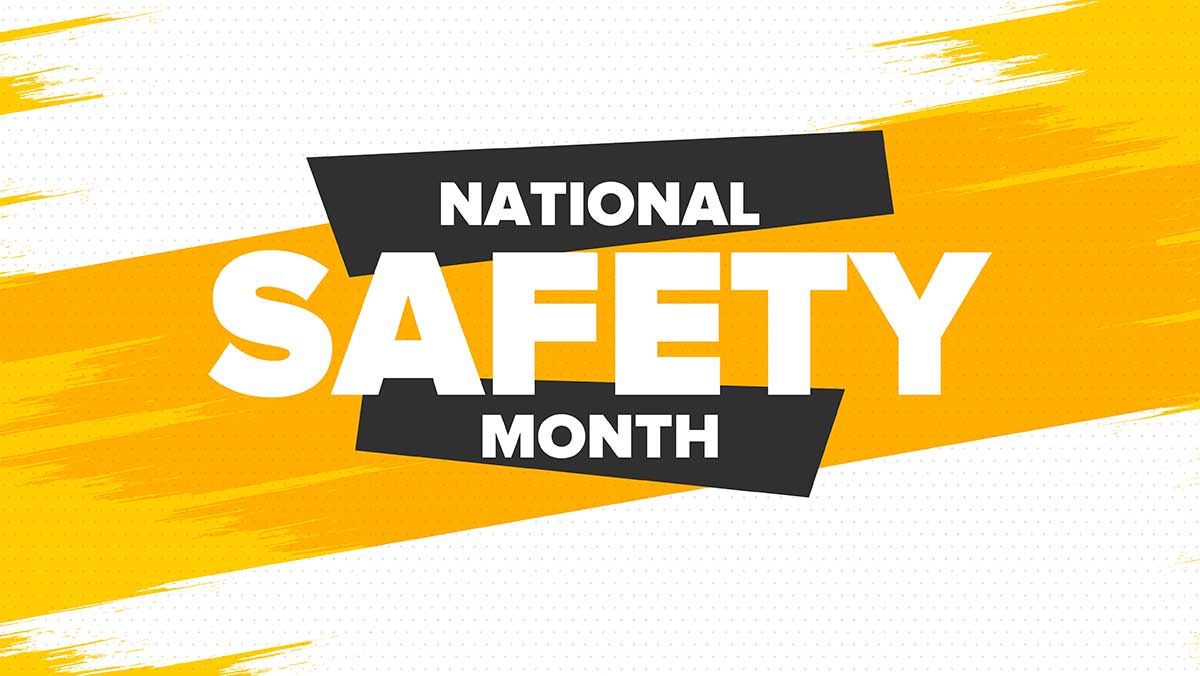Whether it’s slipping on a wet bathroom floor after a shower or cutting yourself with a knife while preparing a meal, there are numerous household injuries that occur each year that are severe enough to warrant medical attention. Every June the National Safety Council calls attention to those hazards through National Safety Month. They recommend steps consumers can take to prevent accidents and suggest ways to prepare for an accident in the event one does occur.
As you might expect, in addition to falls and cuts, there are a number of other household hazards that impact thousands of people each year and present major safety challenges. Medications are high up on that list. With more than 131 million people using prescription drugs, there is significant potential for mix-ups, adverse reactions and misuse. Preventing these issues takes ongoing communication and elevates the importance of labeling pharmaceutical products to guide proper administration.
The Importance of Labeling Pharmaceutical Products
Although many of the medications we take allow us to recover from an illness or live with a chronic health issue, when handled improperly, they can also lead to serious problems. With nearly 66% of all adults in the United States using prescription drugs, and nearly 20% taking more than five, if the information communicated by a medical professional or on a drug information sheet isn’t adhered to, the potential for problems is significant. In fact, recent data from the Centers for Disease Control and Prevention, published in the Journal of the American Medical Association, suggests four visits to the ER per 1,000 adults annually are due to adverse drug effects.
Medication Instruction Labels Supplement Post Examination Recommendations
After an examination, even the most engaged, active listeners forget some of the instructions communicated by the medical staff. Studies show that patients forget 40% to 80% of what the doctor told them immediately after a consultation. Although there’s no perfect way to prevent this disconnect, there are steps you can take to minimize it.
Labeling Pharmaceutical Products Guards Against Accidental Misuse
Few people intentionally misuse a prescription drug. More often, misuse occurs because of an unintended consequence. For example,
Adverse Food And Drug Interactions
Mixing certain foods and medications can interfere with how a medication is digested or absorbed, block its breakdown, or exaggerate its effects.
To illustrate, vitamin K can render an anticoagulant such as Coumadin ineffective. Pairing it with leafy green vegetables, broccoli or Brussels sprouts can cause problems. Similarly, grapefruit juice can lead to dangerous interactions because of a compound it contains. That compound impacts how medications are metabolized by the liver. In fact, Medical News Today reports that at least 85 medications have some type of interaction and 43 can cause a dangerous reaction.
Storing Drugs Improperly
Storing drugs improperly can alter their efficacy. The humidity of a bathroom shower, direct sunlight or drastic temperature deviations can cause a medication to physically change, lose potency or even decay. In addition, although a cool dry place is best for most drugs, a medication such as insulin requires refrigeration.
Detailing the optimal storage conditions will drive better outcomes.
UAL supplies medication instruction labels that guide proper administration.
Discarded Drug Information Sheet
Lastly, labeling pharmaceutical products allows you to convey important information once the patient is at home, including information such as:
- Take it with food or milk
- Allergy warnings
- Dosage strength
- Time of day to take medication
…on the container itself, guides the patient, who likely discarded the drug information sheet stapled to the bag containing the medication container, on how and when to consume the drug.
Labeling Pharmaceutical Products Helps Minimize Provider Errors
In addition, before prescribing the medication, adding labels to specific medications has proven to assist in safe dispensing. The Institute for Safe Medication Practices (ISMP) has a list of nearly 200 different drugs whose names or pronunciations cause administration errors. Using Look Alike Sound Alike Drug labels has proven to reduce these errors.
Further, other labels including:
- Date Opened/Expiration
- Date Beyond Use Date
- Dosage Information
… assist in safe medication dispensing.
Opioid Safety
Whether they are legal or illegal, stolen or shared, opioids are responsible for the majority of overdose deaths in the U.S. today. Implementing opioid labeling and storage steps assists in proper dispensing and helps prevent unintended use.
For example, clearly labeling storage areas and using opioid warning labels on medication containers inform providers and patients.
See our complete selection of pharmacy labels.
United Ad Label
Whether it’s National Safety Month in June or any other month of the year, it’s important to label pharmaceutical products with information that guides proper use. United Ad Label stocks hundreds of pharmacy auxiliary labels and medication labels that enhance safe medication dispensing for both patients and providers.
